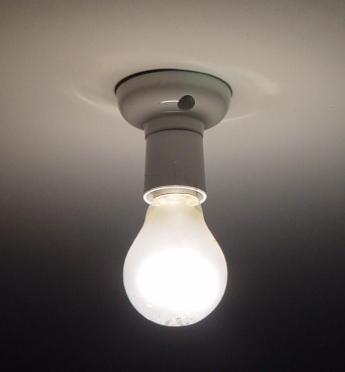Reprinted by permission of McGill University Office for Science and Society.
###
Way back in 1771, Swedish chemist Karl Wilhelm Scheele was investigating the properties of a mineral known as fluorspar (calcium fluoride). He mixed the pulverized rock with sulfuric acid and heated the mixture. The results were literally staggering! Scheele practically choked on the vapours that were produced, but he survived to make a dramatic discovery. The clear glass vessel in which he had combined the fluorspar and sulfuric acid had become cloudy. This cloudiness, was the glass having partially dissolved! How did this happen? Well, fluorine forms extremely strong bonds with silicon, which in turn strip silicon atoms right out of the glass’ silicon dioxide framework. No one before Scheele had ever encountered a chemical that could dissolve glass, and now such a substance could be produced on demand. What to keep it the chemical in, was the first obvious question. Bottles made of gutta percha, a form of naturally occurring rubber, solved this problem, but now there was another question to be answered. Why would anyone want to dissolve glass? Perhaps…as a means to attract the opposite sex?
“Would you like to come up and see my etchings?” may very well be the oldest of all bad pick-up lines. Its origins can be traced back to the early use of hydrofluoric acid that was used to etch designs on glass. (One shudders to think of all the misery that was undoubtedly caused by the cavalier use of such a dangerous substance, but that’s besides the point)….Hydrogen fluoride, as it turns out, was appealing to men who either wanted to use the substance as a means of attracting the opposite sex with their etchings or as a way to hide from them. The Victorian “public house”, for example, was the traditional male refuge where drunkenness and raunchy behaviour were the order of the day. And these “ houses”, with their clear windows, allowed wives and other passers-by to witness the debauchery, much to the concern of the revellers. Ah ha! This is where frosted glass would be of use, as it eliminated transparency and made for a very pleasant illumination with its light scattering properties
Many years later, this notion also appealed to light bulb manufacturers. Clear bulbs produced a great deal of annoying glare and frosting the outside of the bulb with hydrofluoric acid cut down this glare significantly. Unfortunately, this then created another problem. Frosting the outside of the bulb created a rough surface, readily gathering dirt and diminishing the intensity of the light. So why not put the frosting on the inside of the bulb, you ask? Well, that was tried too but this then weakened the glass itself. It was only in 1925, when Marvin Pipkin discovered that treating the glass with hydrogen fluoride twice instead of only once, paradoxically allowed the glass to keep its strength. We have been basking in the frosted glow of light bulbs ever since.
The original McGill University OSS post can be found here.




